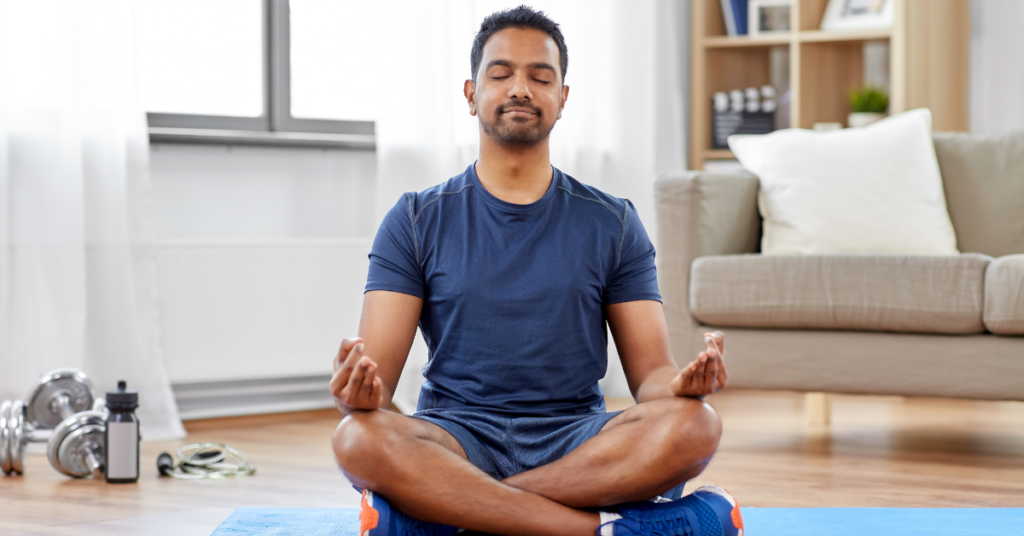Choosing the perfect mountain bike for you can be quite daunting and challenging. There is a wide variety of mountain bike types on the market, not to mention the array of technology and terminology, which can be a bit overwhelming. As long as you know what to look for in your mountain bike, you can avoid feeling overwhelmed with all the choices available to you.
1. Know The Purpose of Your Mountain Bike and Trails Around You
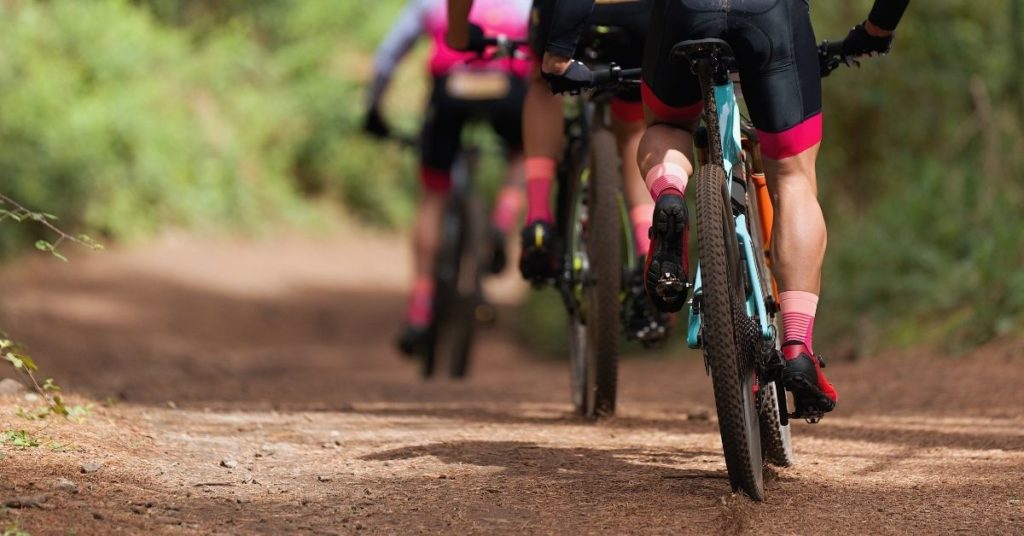
The very first rule of choosing your mountain bike is to know its purpose. You have to know how you are going to use it: to commute to work, trail riding, or upgrade to a faster steed for the race track. Decide on where you want to ride your bike and create a budget that will suit you.
You have to think about how much you are willing to spend on your bike. Once you have these thoughts in mind, they will greatly influence your available options.
Another thing that you need to know is the local trails so that you know the type of mountain bike you would need. A hardtail suspension is perfect for off-road riding but comes into its own smoother hardpack, turns with plenty of stop-start acceleration, climbing, and technical twists.
There is definitely a pleasure that comes with hitting up the really tough trails on a simple bike and teaches you to be picky about the correct line to take. Make sure that you talk to your local bike shop to see what local trails are around and what is the best mountain bike will suit the conditions out there.
2. Make Sure You Get the Right Mountain Bike Size For You
| Your Height | Inseam Length | Bike Frame Size |
| 4’11” to 5’3″ | 25 to 27 inches | 13 to 15 inches |
| 5’3″ to 5’7″ | 27 to 29 inches | 15 to 17 inches |
| 5’7″ to 5’11” | 29 to 31 inches | 17 to 19 inches |
| 5’11” to 6’2″ | 31 to 33 inches | 19 to 21 inches |
| 6’2″ to 6’4″ | 33 to 35 inches | 21 to 23 inches |
| 6’4″ and higher | 35 inches and higher | 23 inches and higher |
Just like many other things in our life, mountain bike comes in different sizes. You should be able to get a mountain bike that will match you and your body style or size. It makes all the difference in the world and your overall ride.
There are a few options of sizes, and each of them will be a better fit for people with particular height ranges, which is why you should figure out what size you would need before you go out and purchase your mountain bike.
Every manufacturer has its own sizing guide, and they also have its own description for each size. Here’s a quick list to give you a general idea of the words that correlate with each bike size available:
- XS – 13 to 14 inch frame size
- S – 15 to 16 inch frame size
- M – 17 to 18 inch frame size
- L – 19 to 20 inch frame size
- XL – 21 to 22 inch frame size
- XXL – 23 to 24 inch frame size
There are some important measurements that you need to consider for you to get the right sizing for your mountain bike. You will need to know your height, inseam length, and the size of the bike frame available. It is also great to have access to the manufacturer’s sizing guide so that you can choose the best bike for you.
When you have all of these measurements, you can use them to size yourself up with the bike frame size that you should be getting.
If you get a mountain bike that is too big or too small for you, there is a good chance it will have a negative effect on your comfort and safety. So, it is important that you have knowledge about the different sizes that you need to take note of before heading out to your bike shop.
3. Know the Right Type of Mountain Bike Suspension for You
When it comes to mountain bikes, there are two types of suspension for you to choose from. The two options that you have are a hardtail bike and a full-suspension setup. There are different reasons why it is important that you consider both of them. However, your final decision would boil down to your personal preferences.
Hardtail suspension offers a stiffer ride, which can be an advantage or disadvantage, depending on your situation. They are also cheaper than the full-suspension mountain bikes and have full mechanical parts to clean and maintain.

On the other hand, full-suspension mountain bikes provide a softer ride compared to the hardtail ones. They also have the mechanical and technological advantage of having two shock absorption rather than one.
To put everything in simpler terms, the main difference between full-suspension and hardtail is the number of shocks the mountain bikes have. Hardtail bikes have shocks at the front but a stiff frame at the back, while full-suspension bikes feature shocks at the front and back.
It may seem simple, but it makes all the difference when it comes to your ride quality and the type of ride that you will experience with the mountain bike that you choose. Plenty of people have trouble deciding on the type of suspension to get.
The one thing that you should keep in mind is you are the boss of your mountain bike purchase, which means whatever you are comfortable with, then go for it. Get the suspension that will suit your riding situation most of the time since there are no bikes that will perform in all situations or different types of terrain.
4. Make Sure You Will Use All the Features: Don’t Waste Money
Mountain bikes today can have plenty of features, and some of those features are great while others are just useless. Make sure that you think about the features that you are actually going to use while you ride your mountain bike.
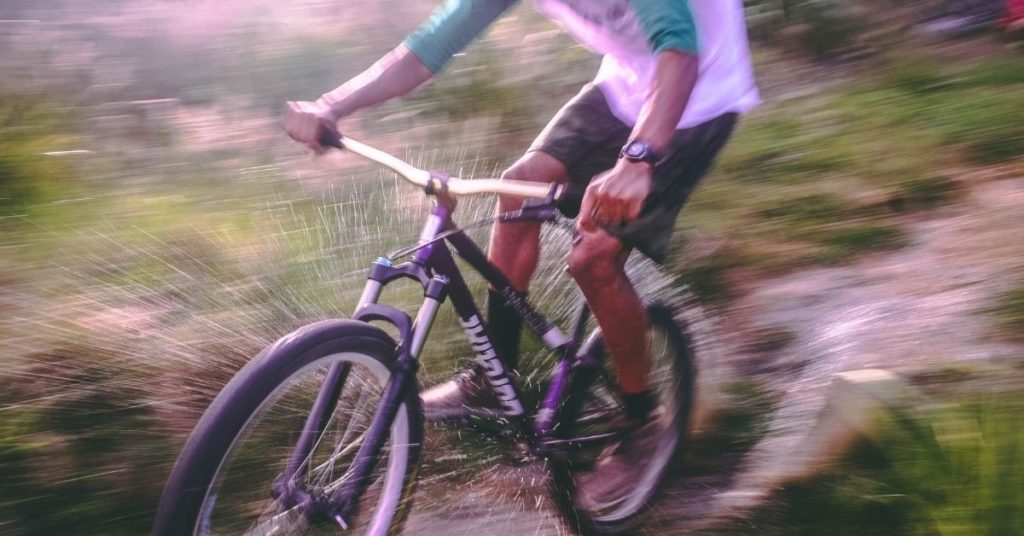
When a bike comes with plenty of features, it would mean that it will cost more. The manufacturers would have to pay more money to make those bikes with plenty of features, so their price tag hikes up as well. Bikes that have useful features are worth th money, but you shouldn’t expand your budget to get the coolest bike that has a list of features you won’t need.
Now, when people have their budget planned out, they often look for a bike that reaches the top end, which is a bad decision, and you should avoid doing this. Place some money aside for additional gear that you want to get or upgrade.
Also, you have to think about the gear that you would need to buy. Make sure that you set a particular amount to spend on these gears. If you want to know what gear you should get during the summer season, here is an article that I have written for you.
5. Don’t Put All Your Focus on the Mountain Bike’s Weight
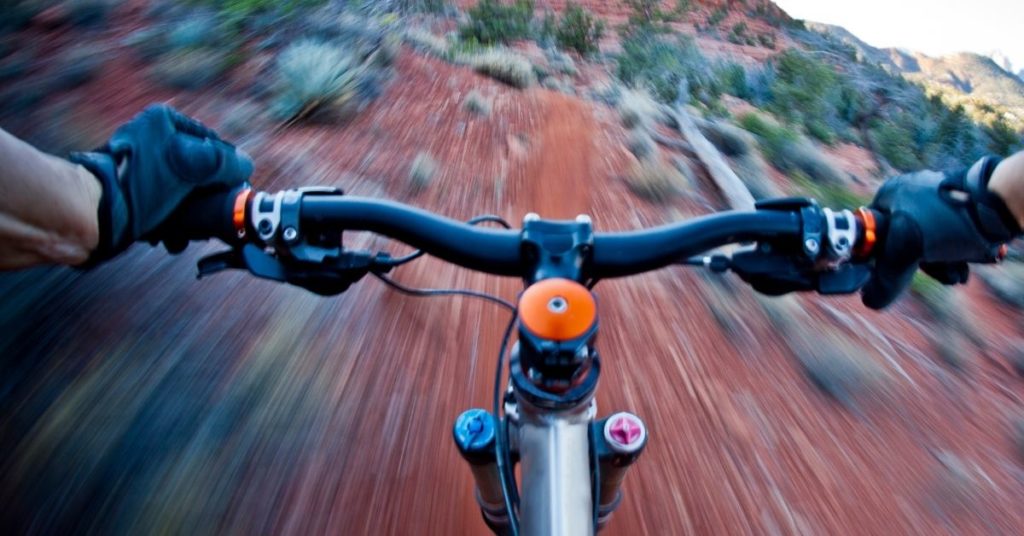
Now, don’t get me wrong, the weight of your mountain bike is still important. However, strength is much more important when it comes down to mountain bikes and off-road. When your frame is too flimsy, your speed will decrease significantly because of the random rocks, trails, and roots that you might face of the trails.
These random things can grab you from any direction, which can make steering, turning, and controlling your bike harder. You need to make sure your bike is heavy and strong enough so it can improve your steering accuracy and confidence.
However, you don’t need to obsess about the weight of the bike, and you just need to make sure all the parts are strong as well as stiff. The frame should be overall heavy-duty.
6. Don’t Go the Cheap Route: May Not Be the Best Option

Plenty of beginner riders opt for choosing the cheapest option for their mountain bike. Most beginners take a look at a mountain bike that looks great for a super low price and stick to it. At most times, the assumption is that the bike will last them for years and will perform just the same as an expensive model.
This is not true since after a few rides on their local bike trails, some things will start to break, and they end up needing an entirely new bike in less than a year. Make sure that you don’t fall for this trap, and do not cheap out when it comes to purchasing your mountain bike.
It is crucial that you remember that you are riding this thing, so make sure that you save enough if you need to and you are getting a good quality bike. The same fact goes when you are purchasing your gear; never go the cheaper route.
7. Make Sure to Decide On the Gear Ratio
Different types of mountain bikes have different gear ratios included in them, but the main numbers that you need to remember are one, two, or three. These numbers refer to the chainrings that are on the bike. At most times, they come with one, two, or three chainrings, and just like the wheel size, there are a couple of pros and cons to each.
When you have more chainrings, it would mean that you will need to go through more gears during your ride. There will also be more overlap between the gear choices that you have. When you have fewer chainrings, it will give you fewer options and will require less shifting throughout your ride.

More chainrings will add some weight to your mountain bike setup, and it will add another component to maintain throughout your rides. The gear ratio would depend on the type of ride that you will be doing.
When you are not climbing many steep hills on trails, fewer chainrings will work better. However, if you do a lot of uphill climbing, it would be best to choose two or even thee chainrings. When your riding situation varies, then more chainrings are the best way to go.
If you simply like more selection, then having more gears to choose from is the best choice, and this would be the same case if you don’t mind shifting during your ride.
8. Pay Attention to Resale Value and Ask Plenty of Questions
These two tips go hand-in-hand, and you should always keep this in mind when you are buying your mountain bike. When you are done with your bike, you may want to sell it on the used market. You don’t want to get a bike that will only sell for a few bucks.
Make sure that you check out the used options for a specific mountain bike that you are considering buying and check what they are selling for. You should be happy with the resale value before you actually buy the bike. Also, ensure that you keep your bike in the best condition possible, so the price doesn’t depreciate as quickly or harshly.
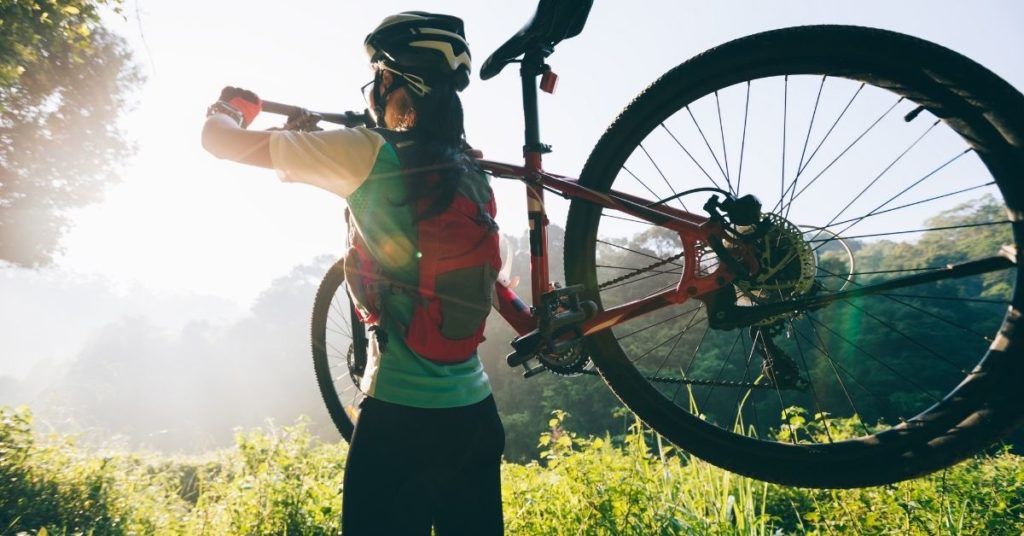
There are some people that feel guilty for asking plenty of questions. However, the truth of the matter is that most people that work in bike shops will be happy to answer any questions that you may have. People who are asking questions are likely to be very passionate about mountain bike riding, so people at bike shops will be happy to answer your questions.
Remember that the more answer you get, the more knowledge about mountain bike purchases you will have. It will also lead to a better decision and will make it easier to choose as well as buy the right bike for you.
9. Consider Buying a Used Mountain Bike: Great for Beginners
If you are on a tight budget or you just want to try biking to see how it goes, it is best to consider buying a used mountain bike. You can still get a fantastic deal on a great used model. Plenty of mountain bikers takes great care of their bike since it is a tool of passion.
Though it is true most of the time, there are exceptions to the said rule, so it would be best to inspect the bike as much as possible before you finalize your purchase.
When buying them online, you have to make sure that the pictures the seller has uploaded are in high resolution. However, it is still important that you see the bike in person and, when you do, take pictures as well as notes.
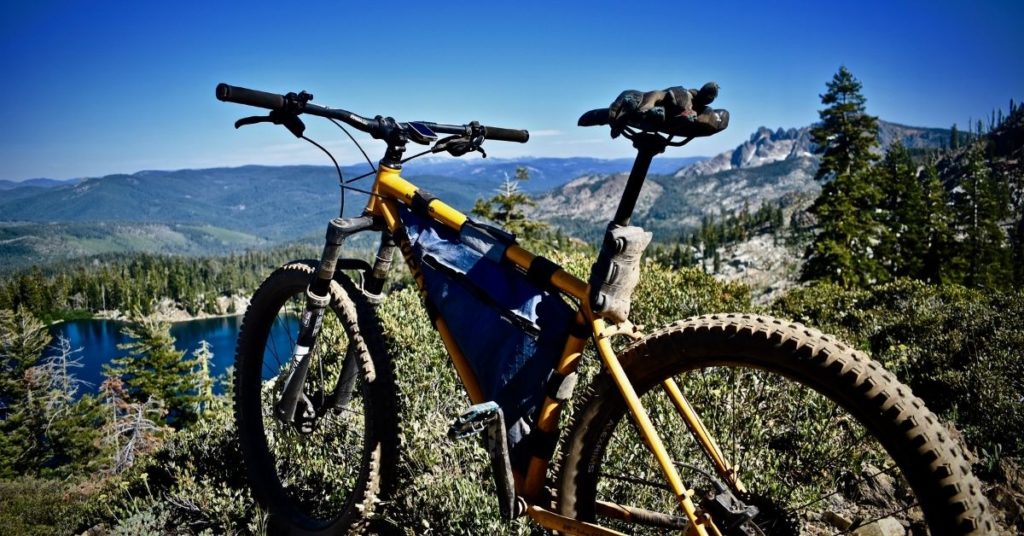
Take a look at the frame carefully for any cracks, and it doesn’t matter whether it is aluminum, carbon, or steel. A little nick on the paint is okay. However, if you are a bit anal about this, then ensure you take note of it. Look at high-stress areas such as chainstays, handlebars, and bar ends.
If it has a couple of custom parts that are not particular to the manufacturer’s standard specification, ask the seller why. The wheels should not have any flat spots, dings, or are radically out of true. It is best to spin the wheels or take the bike for a little ride while you watch the wheel spin underneath you.
Check if the drivetrain and components have some life left, or they have been beaten down. Another thing that you need to check is derailleurs, brakes, and cranks to see if they have any major dings or scratches.
Another way that you can check for used mountain bikes is to ask your local bike shop if they are selling any. If the bike mechanic has OCD, then they will be selling a meticulously maintained mountain bike.
10. Lastly, Just Buy One! Don’t Think Too Much

Now, you can research for years and years, and you end up never actually buying a mountain bike. It is best to do a couple of research first, then go out and buy your bike. There are always other things that you love and hate about any bike that you would buy. This is a fact, especially when you are buying your first mountain bike since you don’t exactly know what you are looking for just yet.
Having said this, make sure that you do proper research and ensure you actually buy a bike. Learn how to ride on it for a couple of years, develop your skills, and look into the next bike purchase with additional knowledge that you have gained.
You can purchase a new bike with advanced features that will make your riding experience more fun and smooth. For now, just enjoy the mountain bike that you have chosen to ride on.
Final Thoughts
The key to buying the perfect mountain bike is to buy the right bike for you. Go to the shop, ride a couple of bikes (if they allow test runs), then visit different shops and ride a few more. Make sure that you have many choices when it comes to brands, style, and travel. You will quickly learn what you like and don’t like when it comes to mountain bikes. If you are looking into enduro mountain bikes, I wrote an article about the best choices on the market.


